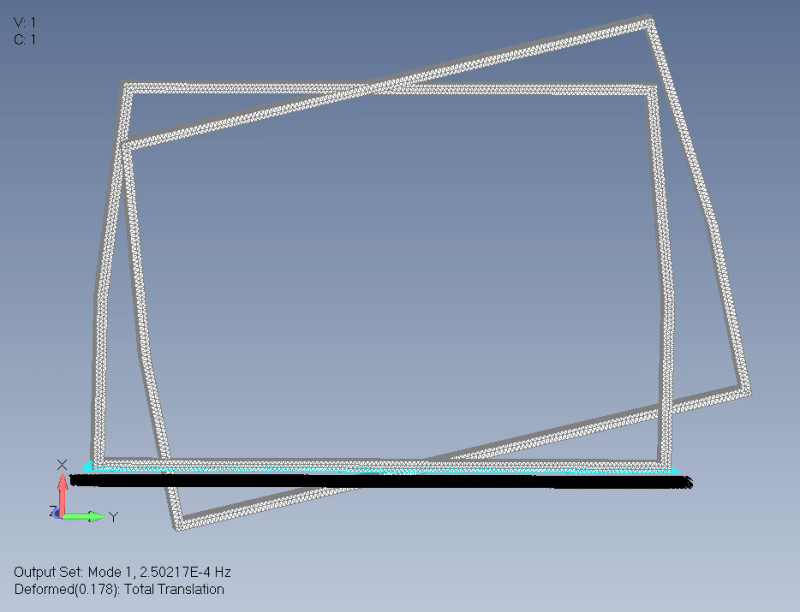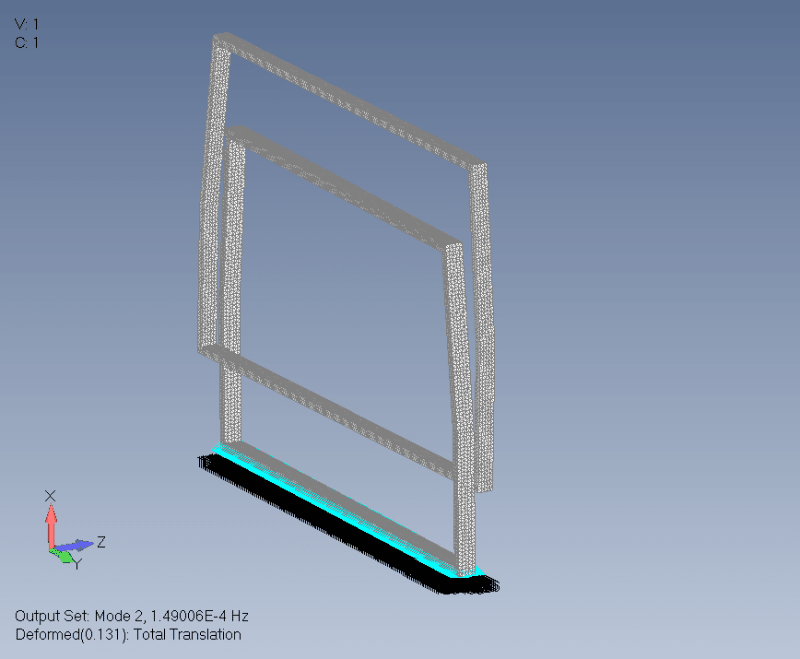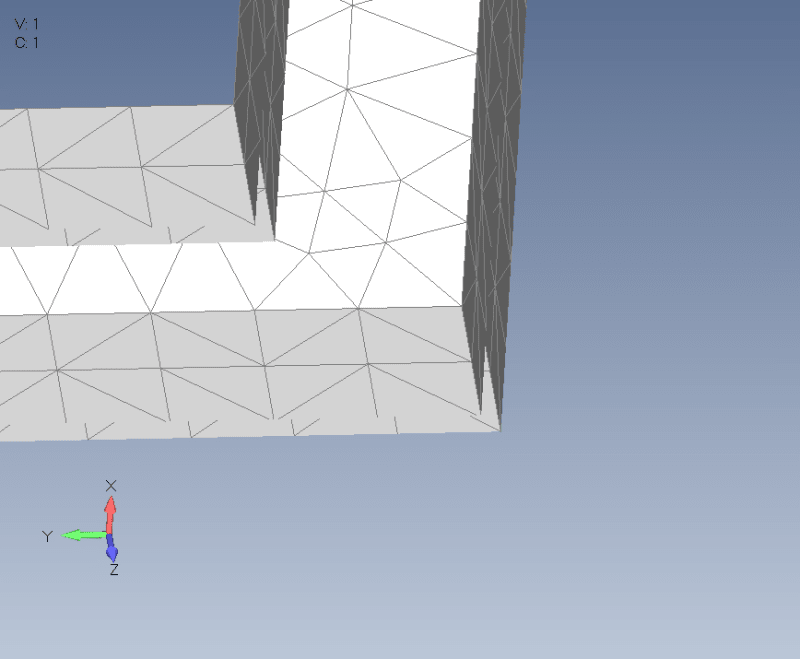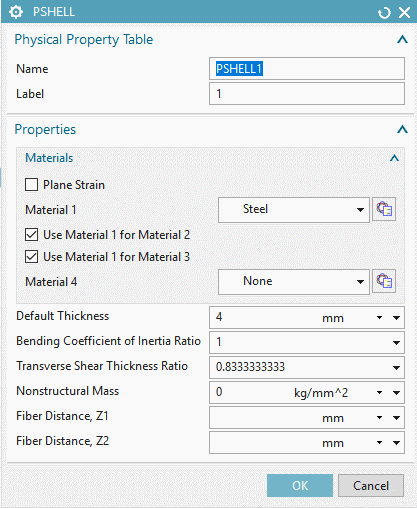ahildershavn
Mechanical
- Nov 27, 2015
- 15
Hello, I have this simulation attached.
It is a frame and it is shell meshed. However I am struggling to run a simulation on it because I always get an excessive pivot ratios error. I have tried running Bailout -1 but to no help. Could not figure out where the error is.
Can anyone help me here? I was unable to post in the siemens forum because there is something wrong with the homepage there.
-Andreas-
It is a frame and it is shell meshed. However I am struggling to run a simulation on it because I always get an excessive pivot ratios error. I have tried running Bailout -1 but to no help. Could not figure out where the error is.
Can anyone help me here? I was unable to post in the siemens forum because there is something wrong with the homepage there.
-Andreas-




